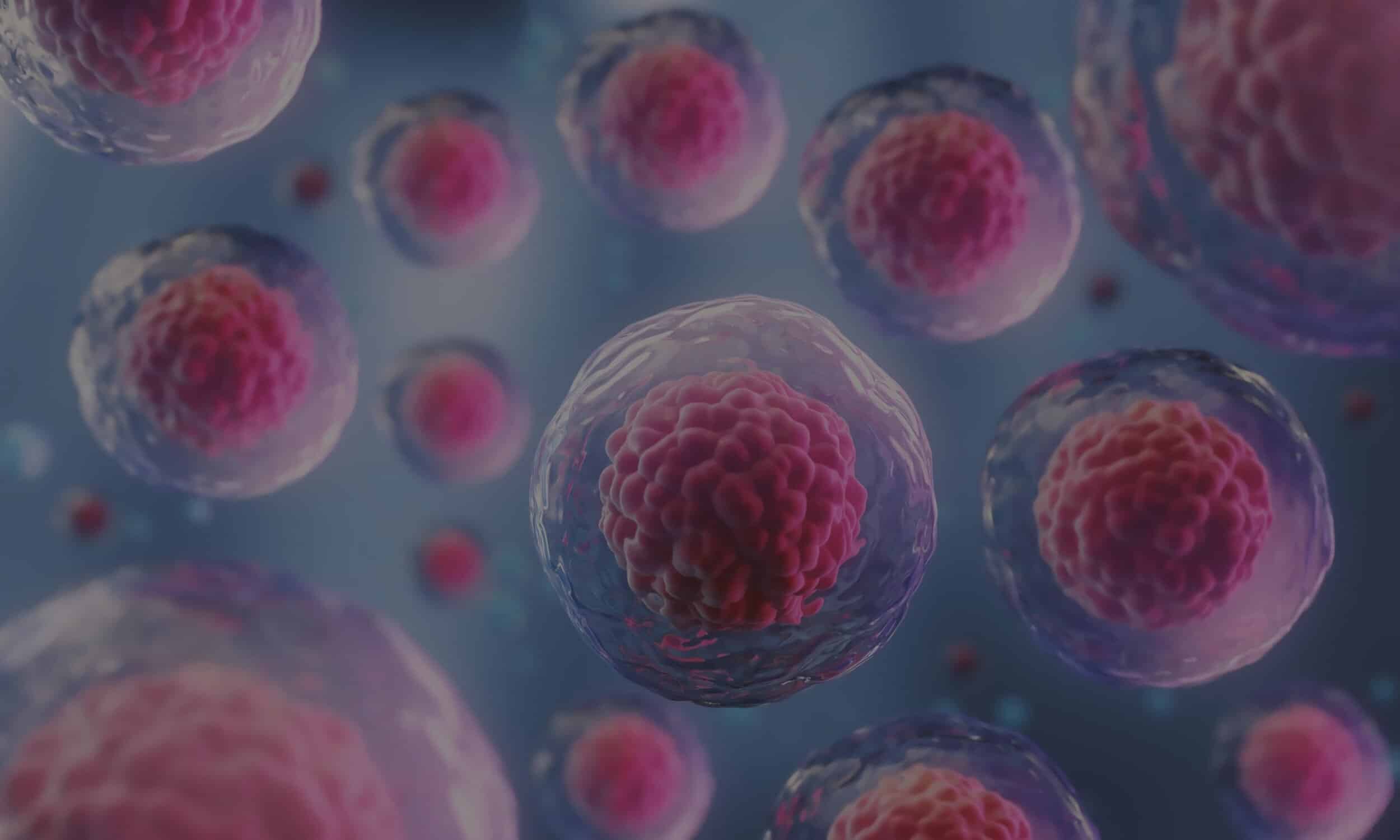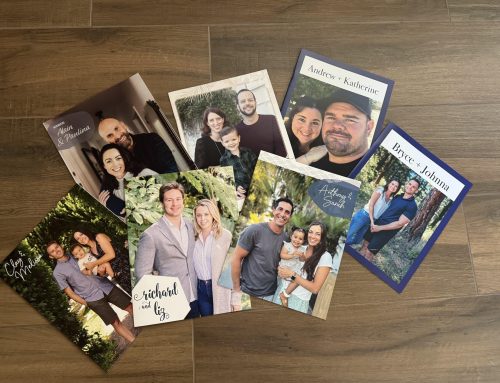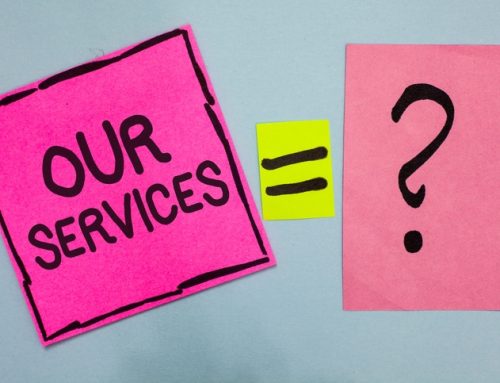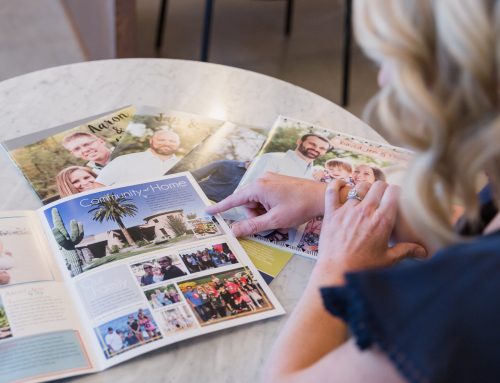
I don’t think I ever shared much about what happened after our disrupted adoption in my own personal adoption journey. The next month or so after leaving the hospital without that baby boy we helped birth, we saw only a few adoption opportunities. We presented to most of the opportunities we saw and received back only No’s. As a “doer” myself, I struggled to fill that time, and started pursuing other options to grow our family. We had already done two rounds of in vitro fertilization (“IVF”), with only one poor quality embryo even making it to an unsuccessful transfer, and so another IVF cycle seemed futile. So, I started looking into the process of egg donation, and ultimately settled on embryo adoption. I didn’t know if my diagnosed endometriosis would be a barrier to carrying another couple’s embryo, but we did know for sure that there minimally some concerns about my egg quality.
I’m not even sure our families even know this, but during this time, I identified a small embryo adoption agency and begin the process to match with a family interested in donating their extra embryos (otherwise known as fertilized eggs). We ultimately connected with a couple who had undergone an IVF cycle and grown their family to three children through multiple successful embryo transfers, but still had a group of high quality frozen embryos remaining that they wanted to donate to a loving family. I spent a few weeks communicating with this couple through the agency in a Q&A format about our hopes and dreams for a child, about what life might be like for our children that result from frozen embryos, and about levels of openness that might/could occur between our two families. I told them that we were still pursuing domestic adoption but that we would put our adoption process on hold if we were chosen and moved forward with an embryo adoption. In late November 2015, through the agency, this couple asked us to adopt their embryos. We responded that we had just presented to an adoption opportunity, but that if we weren’t chosen, we would be honored to be chosen for their embryos and proceed with an embryo adoption. Ultimately, the opportunity we had presented to resulted in our daughter, as we chosen by our daughter’s birth mother on December 3 (she arrived a week later). We found out that same week we were pregnant, and although our fertility doctor told us that pregnancy was not likely to be viable, we knew it wasn’t far for us to also proceed with the embryo adoption, so we informed the agency, who informed the family of our decision.
During this experience, I learned quite a bit about embryo adoption and have since counseled many families as to whether domestic infant adoption is right for them. Admittedly, adoption isn’t for everyone, so the realities of domestic infant adoption are things I discuss the first time I speak with families. Recently I have started discussing embryo adoption in many of those consultations, going into how it differs from domestic infant adoption, and how a family might pursue this process either in addition to or instead of domestic adoption. I personally had never considered this option before starting our adoption journey, although we were asked questions in our own IVF process about donating extra embryos we might have after IVF. Many families I talk with now haven’t even heard of embryo adoption when they contact me for the first time. More and more, I think many prospective adoptive families have been turning to embryo adoption as a way to grow their family, possibly in part due to how crowded domestic infant adoption is now (see more on that here), the high average cost of domestic infant adoption (about $40,000), and due to many adoption opportunities having drug/alcohol exposure in utero or mental health concerns in the birth family. Embryo adoption is obviously not an option for a couple unable to carry a child to term, but it can be possible for families that still have some fertility issues, particularly with either egg or sperm quality. It can be a less expensive option than domestic adoption, some of the trauma/grief that exists in domestic adoption is not apparent in this type of family formation, and it is a way a couple can still carry a child, and eliminate concerns of drug/alcohol exposure in utero. For more about embryo donation/adoption, or for information on our limited coaching package, please click here.

I don’t think I ever shared much about what happened after our disrupted adoption in my own personal adoption journey. The next month or so after leaving the hospital without that baby boy we helped birth, we saw only a few adoption opportunities. We presented to most of the opportunities we saw and received back only No’s. As a “doer” myself, I struggled to fill that time, and started pursuing other options to grow our family. We had already done two rounds of in vitro fertilization (“IVF”), with only one poor quality embryo even making it to an unsuccessful transfer, and so another IVF cycle seemed futile. So, I started looking into the process of egg donation, and ultimately settled on embryo adoption. I didn’t know if my diagnosed endometriosis would be a barrier to carrying another couple’s embryo, but we did know for sure that there minimally some concerns about my egg quality.
I’m not even sure our families even know this, but during this time, I identified a small embryo adoption agency and begin the process to match with a family interested in donating their extra embryos (otherwise known as fertilized eggs). We ultimately connected with a couple who had undergone an IVF cycle and grown their family to three children through multiple successful embryo transfers, but still had a group of high quality frozen embryos remaining that they wanted to donate to a loving family. I spent a few weeks communicating with this couple through the agency in a Q&A format about our hopes and dreams for a child, about what life might be like for our children that result from frozen embryos, and about levels of openness that might/could occur between our two families. I told them that we were still pursuing domestic adoption but that we would put our adoption process on hold if we were chosen and moved forward with an embryo adoption. In late November 2015, through the agency, this couple asked us to adopt their embryos. We responded that we had just presented to an adoption opportunity, but that if we weren’t chosen, we would be honored to be chosen for their embryos and proceed with an embryo adoption. Ultimately, the opportunity we had presented to resulted in our daughter, as we chosen by our daughter’s birth mother on December 3 (she arrived a week later). We found out that same week we were pregnant, and although our fertility doctor told us that pregnancy was not likely to be viable, we knew it wasn’t far for us to also proceed with the embryo adoption, so we informed the agency, who informed the family of our decision.
During this experience, I learned quite a bit about embryo adoption and have since counseled many families as to whether domestic infant adoption is right for them. Admittedly, adoption isn’t for everyone, so the realities of domestic infant adoption are things I discuss the first time I speak with families. Recently I have started discussing embryo adoption in many of those consultations, going into how it differs from domestic infant adoption, and how a family might pursue this process either in addition to or instead of domestic adoption. I personally had never considered this option before starting our adoption journey, although we were asked questions in our own IVF process about donating extra embryos we might have after IVF. Many families I talk with now haven’t even heard of embryo adoption when they contact me for the first time. More and more, I think many prospective adoptive families have been turning to embryo adoption as a way to grow their family, possibly in part due to how crowded domestic infant adoption is now (see more on that here), the high average cost of domestic infant adoption (about $40,000), and due to many adoption opportunities having drug/alcohol exposure in utero or mental health concerns in the birth family. Embryo adoption is obviously not an option for a couple unable to carry a child to term, but it can be possible for families that still have some fertility issues, particularly with either egg or sperm quality. It can be a less expensive option than domestic adoption, some of the trauma/grief that exists in domestic adoption is not apparent in this type of family formation, and it is a way a couple can still carry a child, and eliminate concerns of drug/alcohol exposure in utero. For more about embryo donation/adoption, or for information on our limited coaching package, please click here.



